
Roden 1/144 Douglas C-133A Cargomaster Plastic Model Kit
$58.99
Description
In the early 1950s, the United States Air Force Military Air Transport Service already operated several successful types of new transport aircraft, such as the Lockheed C-130 Hercules and Douglas C-124 Globemaster II, the latter considered heavy because it could carry loads weighing more than 30 tons. However, it had serious limitations with respect to cargo dimensions, as well as structural problems, since the fuselage loading level was quite high from the ground surface.
At the beginning of 1952, the Air Force announced plans to purchase a new type of aircraft for the MATS under the Logistic Carrier Support System SS402L program. According to the specifications, the aircraft had to be able to lift into the air cargoes weighing more than 45 tons and of super-large clearance.
Aircraft manufacturer Douglas, which had produced transport aircraft for the military for a long time, proposed two designs, the C-132 and the C-133. The C-132 project was rejected over a number of technical issues, and the C-133 immediately received an order for an initial series of 12 aircraft, forgoing the building of any separate prototype for testing. Construction of the first aircraft began at the end of 1953, and on April 23, 1956 the first test flight of the new giant took place. After resolving a few problems, the C-133 series, which was officially named Cargomaster, began to be massproduced, and in August 1957 the 39th Transport Brigade at the Dover Airbase in Delaware received the first series aircraft, followed by the 84th Brigade for the next machine of this type, based at McCord.
The C-133 was operated intensively from 1958 onwards. The world was already on the threshold of a large-scale confrontation, especially in Europe, where the US and the USSR vied for influence over the entire region. The C-133 was the only type that could carry almost 100 percent of the US' military equipment, including most of the main types of armored vehicles, and therefore its role in moving troops to Europe was particularly important at this time.
During series production of the C-133A, its design was constantly modified to improve performance, primarily to increase its load capacity or to transport an ever larger range of over-sized cargoes. Starting from the eighth airframe, the tail section was slightly modified, and from the 33rd, the cargo compartment doors were redesigned, so that they now opened to each side. This allowed the transport of missiles such as the Atlas, Titan and Minuteman in assembled form; previously, their transportation was carried out exclusively by motor transport.
C-133A aircraft were also used by NASA, the National Aeronautics and Space Administration. The C-133A delivered Saturn rockets to the Cape Canaveral Space Center; and after the descent of the vehicle from space, the capsule, having splashed down on the ocean, would also be transported between airbases by an aircraft of this type.
After the start of the war in Vietnam, the United States Air Force, along with other US Air Force transport aircraft, carried out numerous missions for the delivery of military cargoes to the distant south-eastern region. Their role was very important, as the conduct of the conflict, which intensified more and more year by year, required a significant amount of heavy weapons.
However, by the late 1960s, after a thorough examination of the C-133, it became clear that the C-133 showed evidence of extensive fatigue, so that at any moment the possibility of an air crash could not be ruled out. All the C-133A and the later C-133B aircraft were immediately withdrawn from service. For safety reasons, the military decided to use less intensive transportation, in the shape of the more reliable C-130 and C-141. In addition, testing had already ended and series construction begun, of the very heavy Lockheed C-5A Galaxy, which in all parameters exceeded the capacity of the C-133. An initiative to use the C-133 in the field of civil freight traffic also came to nothing, due to safety considerations.
Airplanes were gradually transferred to bases storing obsolete equipment, and some of the most troublesome planes were promptly delivered to aviation museums. In 1976, the transportation company Northern Air Cargo leased one C-133 to transport oilfield equipment to Alaska. In total, 35 of the C-133A were built.
Specifications
| Brand | Roden |






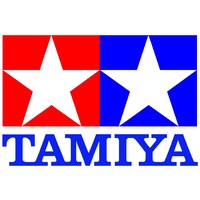





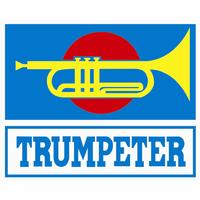


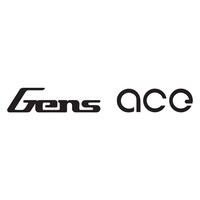


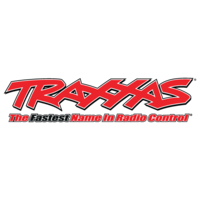









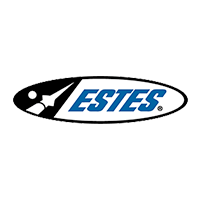




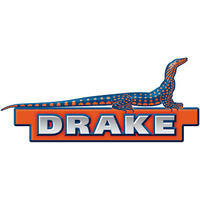




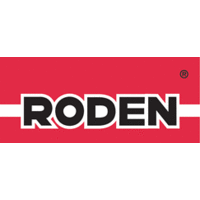
 Flat Rate
Flat Rate
![Deluxe Materials Plastic Kit Glue 20mL [AD70]](/assets/thumb/DM-AD70.jpg?20230421114526)



![Academy 1/48 P-38 Combination Version Lightning Plastic Model Kit [12282]](/assets/thumb/ACA-12282.jpg?20210309124205)











